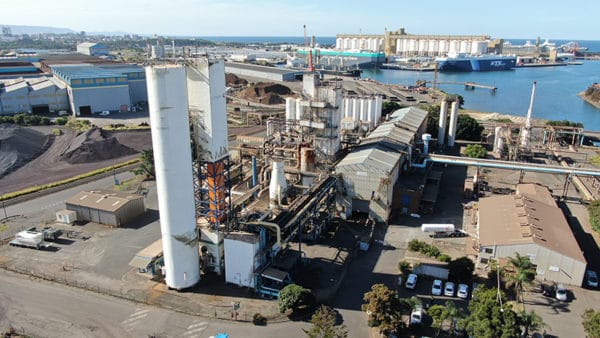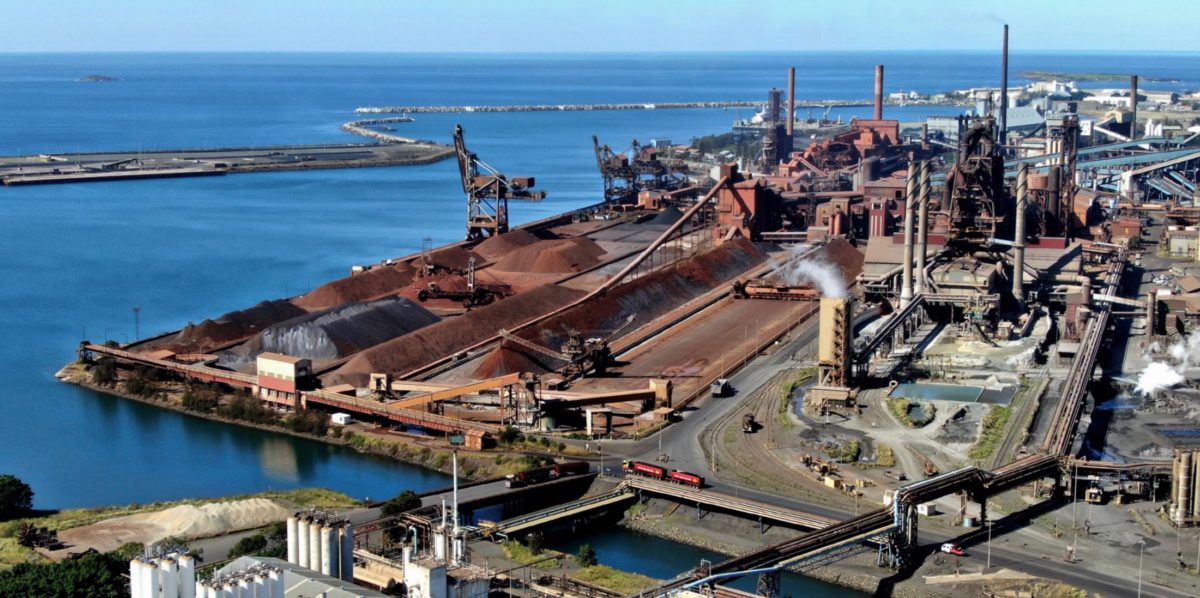Wollongong is the latest of Australia’s industrial centres to join the march towards renewables with the council declaring the regional centre the perfect site for large-scale green hydrogen production.
The New South Wales Standing Committee on State Development is currently undertaking an inquiry into the development of the hydrogen industry in the state and the Wollongong City Council has unanimously endorsed a submission outlining the city’s advantages, calling for the development of a large-scale hydrogen hub in Port Kembla.
In its submission to the inquiry, council said Port Kembla is an ideal location for large-scale green hydrogen production, citing the availability of renewable energy and recycled water, access to customers, export markets and distribution infrastructure, and the existing industrialised precinct.
“Wollongong City Council is committed to a clean energy future,” Wollongong City Lord Mayor Gordon Bradbery said.
“Port Kembla’s major industrial seaport, our international trade links and partnerships with innovative industries and university organisations, makes Wollongong an ideal location to invest in hydrogen production.
“Council’s Our Wollongong 2028 goal aims to ensure that we work towards building an innovative and sustainable economy. To achieve this vision, we need to ensure our city is ready to transition to an environmentally sustainable future that values and invests in renewable energy industries.”
With industry eager to take advantage of opportunities after the State Government released its NSW Electricity Infrastructure Roadmap late last year, Port Kembla and the broader Wollongong region have already attracted the attention of several significant projects that will provide early-stage opportunities for the adoption of hydrogen and development of a regional industry to support the hydrogen supply chain.

Image: Bluescope
Steel giant BlueScope has announced it will invest $20 million in a new BlueScope Renewable Manufacturing Zone (BRMZ) at Port Kembla while fledgling hybrid car manufacturer H2X has explored plans to establish an assembly plant in the region, potentially working with hydrogen producer Coregas which has operated the largest merchant hydrogen plant in Australia at Port Kembla since 1986.
Identified as a potential hydrogen export hub in the Federal Government’s National Hydrogen Strategy, Port Kembla was not included in the National Energy Resources Australia’s (NERA) $1.85 billion network of regional hydrogen technology clusters unveiled late last month.
Newcastle is the only location in NSW to be included in the network which comprises 13 regional centres across all of Australia’s states and territories.
Despite the setback, councillors are united in their support for a hydrogen industry in the Wollongong area.
“In the past, Wollongong was best known for our world-class steel making and coal mining industry. Today, the City of Wollongong has grown to become an important knowledge service centre, a globally connected trade hub and internationally recognised university city,” Bradbery said.
“As the regional capital of the Illawarra, Wollongong currently contributes $12.2billion, or 60%, to the Illawarra’s economy and by 2041, our city will be home to more than 265,000 residents. Our city will continue to grow, and clean energy is a potential target investment sector that could support the future of Wollongong.”
Council said the submission to the inquiry also supports its recently adopted target of achieving net zero emissions by 2050, and net zero emissions for council operations by 2030.
“We want to make sure that Wollongong is a healthy and sustainable city into the future,” Bradbery said.
“The inquiry gives us an opportunity to demonstrate our ambition to become a leader in clean energy production within Australia.
“As the steel industry explores options to decarbonise production, hydrogen could play a significant role in reducing greenhouse gas emissions.”
This content is protected by copyright and may not be reused. If you want to cooperate with us and would like to reuse some of our content, please contact: editors@pv-magazine.com.









1 comment
By submitting this form you agree to pv magazine using your data for the purposes of publishing your comment.
Your personal data will only be disclosed or otherwise transmitted to third parties for the purposes of spam filtering or if this is necessary for technical maintenance of the website. Any other transfer to third parties will not take place unless this is justified on the basis of applicable data protection regulations or if pv magazine is legally obliged to do so.
You may revoke this consent at any time with effect for the future, in which case your personal data will be deleted immediately. Otherwise, your data will be deleted if pv magazine has processed your request or the purpose of data storage is fulfilled.
Further information on data privacy can be found in our Data Protection Policy.